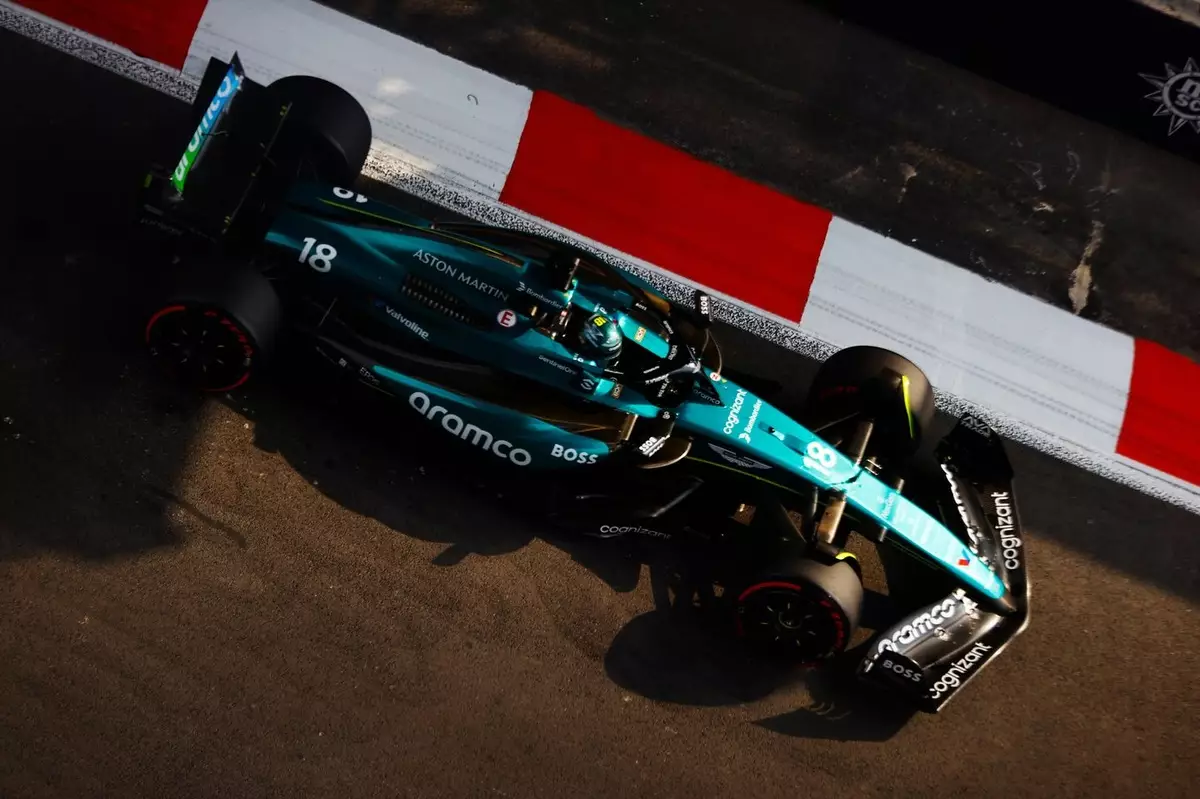As the world of motorsport gears up for significant changes in the technical landscape of Formula 1, experts are expressing both excitement and concern regarding the implications of the new regulations set to roll out in 2026. Adrian Newey, a renowned figure in F1 engineering, recently highlighted that this regulation overhaul might lead to an engine-centric competition, reminiscent of the dynamics witnessed during the early hybrid era in 2014. His insights prompt a closer examination of how these newfound rules could redefine racing strategies and team dynamics in the coming seasons.
Newey’s perspective brings to light a vital aspect of the upcoming season: the interplay between the new power unit regulations and the ongoing evolution of chassis designs. With the introduction of predominantly hybrid engines aimed at enhancing sustainability, there appears to be a “big chance” that one engine manufacturer might lead the pack. As Newey articulated, the parallel to 2014 is striking; that year marked Mercedes’ remarkable ascendance to dominance following the initial introduction of hybrid power units. With the prospect of a leading manufacturer establishing a significant performance gap at the outset of the new regulations, teams must be prepared for a challenging environment where catching up could be arduous.
The absence of the complicated MGU-H component in the new engine configurations is a substantial factor behind this potential shift. By leaning more heavily on the MGU-K unit, teams are expected to produce cars that are not only faster but uniquely responsive to race conditions. The integration of sustainable fuels further complicates the landscape, introducing new variables that could favor manufacturers who swiftly adapt to these changes.
As the grid prepares for diversification in engine production, there are some intriguing partnerships emerging. Aston Martin’s collaboration with Honda signifies a strategic alignment designed to enhance both performance and innovation. Simultaneously, the entry of Audi as a new power unit manufacturer, following their acquisition of the Sauber team, adds another layer of competition that could shift the balance in the race for supremacy. This influx of manufacturers, including current giants like Mercedes and Ferrari, along with General Motors’ Cadillac, suggests a hyper-competitive environment that might amplify the likelihood of a singular engine dominant in the early phases of the new regulations.
However, not all the existing power unit providers are looking to innovate in the same way. With Renault departing the fray, their Alpine team will now rely on the established Mercedes engines, which poses questions about their future competitiveness. The divergent strategies that teams employ concerning engine development could create a unique situation: while some will strive for immediate power unit excellence, others might take longer paths towards adaptation and improvement.
The simultaneous overhaul of both chassis and engine regulations presents an additional layer of complexity for teams. Newey pointed out that such a scenario is unusual in Formula 1 and emphasizes the potential for significant disparities to emerge early in the season. While teams will be developing their chassis in conjunction with the new power units, Newey’s commentary sparks curiosity about how much influence the engine’s characteristics might have on chassis design.
The changes dictate not only the components that teams will incorporate but also the underlying philosophies regarding speed, agility, and aerodynamics. With new regulations intended to enhance overtaking and a fresh boost system reminiscent of DRS scheduled to accompany these changes, teams will have to rethink their approaches to strategy and design significantly. The early adaptation to these regulations could have lasting implications throughout the competition.
As Newey prepares to recommit to Formula 1 with Aston Martin, his insights emphasize the need for proactive strategies among teams as they navigate the uncharted waters of the 2026 regulations. There’s an essential balance to be struck between catching up on engine performance and developing an effective chassis to harness that power. Teams that quickly identify and rectify any weaknesses in their designs will stand a better chance of not only surviving but thriving in what could likely become an engine-centric era.
The 2026 technical regulations herald a new chapter in Formula 1, where the race for engine supremacy could overshadow other aspects of competition. As teams like Aston Martin shift their focus towards these new dynamics, the anticipation builds around who will emerge victorious and how the landscape of the sport will evolve in response. With both challenges and opportunities lying ahead, the upcoming seasons may redefine not only racing outcomes but also the strategies and technologies that drive this prestigious competition forward.

